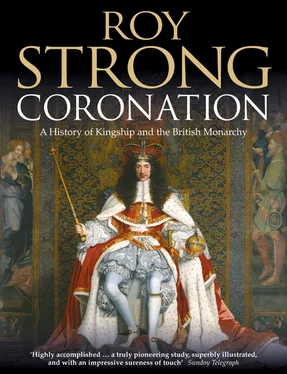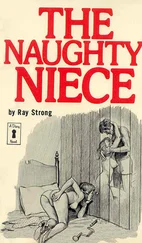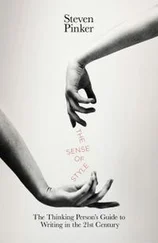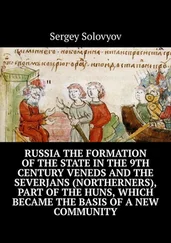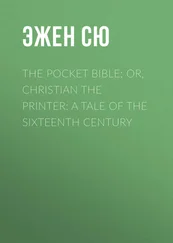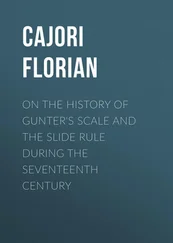1 ...6 7 8 10 11 12 ...30 An opposing case, however, continues to be maintained for the use of the Second Recension, albeit with revisions and additions, on the grounds that it was still in use and that William would not have wished to introduce something new but, rather, use an existing rite to emphasise continuity in his role as the rightful heir to Anglo-Saxon England. That argument depends, of course, on what was used at the Coronation of Harold II. None of this, as I have said, seems to be solvable and it is impossible to do more than piece together what can be gleaned to have happened, highlighting innovations, and leave the reader to draw his own conclusions. Those who opt for the use of the Second Recension in 1066 favour the introduction of the Third Recension during the second quarter of the twelfth century. What is certain is that Harold II’s Coronation was a rushed affair following immediately after Edward the Confessor’s death, allowing no time for preparation, but William I’s had a lead of three months allowing ample time to prepare what was a formidable spectacle.
Both Harold II’s and William I’s Coronations mark the advent of a spacial configuration for royal ceremonial which has lasted down until today, that of the Palace of Westminster and the adjacent Abbey. It is likely that we owe that to Edward the Confessor. Both the economic expansion of the eleventh century and the growing mercantile traffic across the North Sea rendered a royal presence in London highly desirable. Such political and economic practicalities went hand in hand with a dynastic one, a desire to emulate the example of the French monarchy which already had its royal Coronation church of St Denis. Up until Edward the Confessor the royal palace had been in the City of London. Now a new residence was built on the island of Thorney close to a Benedictine Abbey dedicated to St Peter, the guardian of the keys of heaven, for whom the king had a special devotion. Nothing is known about Edward’s palace, but a great deal is known about the Abbey which he embarked on to replace the one he found there. 3
This was built to the east of the existing foundation and, by 1066, thanks to his benefactions, Westminster was to be among the richest religious houses in the country. What arose was grander than any church in England and in a new style, the Romanesque as it was practised in Normandy, but far exceeding both in size and splendour any church there. When complete it was to be 320 feet long. By 1066 the east end and transepts must have been up, although the nave and the twin west towers were not to be completed before the middle of the 1080s at the earliest. This was one of the great buildings of early medieval Europe. William’s decision to be crowned there must have been conditioned by a desire to cancel out Harold II’s Coronation and also to be seen to be crowned in the burial church of the Confessor as his rightful heir. It was a precedent which, once established, proved permanent.
There is much in William’s Coronation with which we will be familiar as well as much which could be innovative. It opened, as in the case of Edgar’s at Bath, with a great procession. However, this time it was not only of monks and other clergy headed by a crucifer, but went on to include the great magnates of the realm and the future king led by the two archbishops. That was different from 973 when Edgar was led by the bishops of Durham and of Bath and Wells, an arrangement which was to reappear later. ‘In this manner,’ runs the Carmen, ‘to the chanting of the Laudes, the king sought the church and was conducted to the royal chair.’ What were the Laudes?
The Laudes are a set of jubilant acclamations which invoke God as an all-conquering and victorious commander. 4 They open with the resounding salute ‘Christus vincit, Christus regnat, Christus imperat’, and continue in a splendid descent through the celestial and thence through the terrestrial hierarchy. In these chants the serried ranks of heaven and earth are presented as mirror images of each other, each terrestrial rank being linked to a heavenly intercessor. The ruler, as Christus Domini, the anointed of the Lord, has as his intercessor a group of angelic and archangelic powers. To the queen is assigned a choir of virgins who intercede on her behalf. In sum the Laudes were a unique form of litany addressed solely and triumphantly to the victorious Christ in his divinity as the king of heaven and earth, and the prime exemplar and guarantor of power and prosperity to all rulers who safeguarded the fabric of Christian society. The act of unction, which was shortly to follow this procession, was to turn the Duke of Normandy into a type of Christ on earth and the embodiment of theocratic kingship.
It was customary to chant the Laudes at the great festivals of the Church, including Christmas (which it was), but here, in this procession, we already have a potent statement as to the nature of post-Conquest kingship. They were also to be sung at the solemn Mass which marked the ceremonial crown-wearings that were to become a feature of Norman and Angevin court life, when the magnates of the realm gathered at Christmas, Easter and Pentecost to attend on the king and queen and take part in the service and also in the great feast which followed it. As in the case of the debate over which ordo was used, so it has been argued that crown-wearings pre-date the Conquest. Whether they did or not, the evidence shows a sharp elevation of the monarch to almost semi-divine status.
In this manner William I was conducted to the new Abbey. On entering it there was yet a further deviation from the Second Recension. That opened with the king in the midst of the magnates of the realm who had acclaimed him. This action was now moved into the sacred precincts of the Abbey church, taking place on what the Carmen refers to as a pulpitum. This would appear to mark the first appearance of some kind of stage or elevated dais which lifted some of the action aloft and apart from the assembled dignitaries. If we turn to the reconstructed ground plan of the Abbey, it must have been erected at the crossing beneath the central tower. Its advent in 1066 would surely have been prompted by the need to give emphasis and prominence to an action in which the duke was seen to be ‘elected’ by both the indigenous Anglo-Saxons and the occupying Normans. It began with Geoffrey, Bishop of Coutances, addressing the latter in French, asking them: ‘If the king presented please you, declare it to us, for it is fitting that this be done by your free choice.’ In response came applause. The action was repeated for the Anglo-Saxons in their own language by Ealdred of York.
The rite which followed took place in an arena which was to remain unchanged until the Coronation of Edward I. The high altar stood where the present one does. It was sited in an apse which was 26 feet 8 inches wide and with an approach to the altar measuring 14 feet 9 inches. The flanking north and south aisles had upper and lower chapels to which access was had by way of turret staircases. Such staircases may have led up to viewing points for the ceremonial, a feature which was to be repeated in Henry III’s rebuilding in the thirteenth century. The monks’ choir stalls were beneath the tower, so presumably the purpose of the pulpitum was also to lift part of the proceedings above them so that they could be seen.
This innovatory but politically necessary acclamation was to have an unfortunate consequence, for the roar of approval was such that one chronicler records: ‘the armed and mounted men who had been stationed around the Abbey to guard it hearing the tremendous shouting in a language they could not understand, thought that something had gone wrong, and under this misapprehension they set fire to the environs of the city’. 5
While events outside the Abbey had taken a nasty turn, those within it went on with the accustomed opening prostration before the altar and thence to the administration of unction with chrism by the Archbishop of York (Canterbury, although present, was tainted and under an ecclesiastical cloud). There was, however, yet another major departure from the Edgar ordo. William took the Coronation oath after and not before he had been anointed. One version of the Anglo-Saxon Chronicle records: ‘And he [William] promised Ealdred on Christ’s book and swore moreover (before Ealdred would place the crown on his head) that he would rule all this people as well as the best of kings before him, if they would be loyal to him.’ 6
Читать дальше
